Topic invertebrate pets: Discover the unique and captivating world of invertebrate pets, where diversity and beauty thrive beyond the conventional pet experience.
Table of Content
- What are some terrestrial invertebrates that make good pets?
- Popular Invertebrate Pets
- Benefits of Keeping Invertebrate Pets
- Care and Habitat Requirements
- Feeding and Nutrition
- Common Health Issues and Prevention
- Legal and Ethical Considerations
- YOUTUBE: Top 5 Cute but Creepy Pet Invertebrates
- Interactive Activities with Invertebrates
- Understanding Invertebrate Behavior
- Community and Support for Invertebrate Pet Owners
- Future Trends in Invertebrate Pet Keeping
What are some terrestrial invertebrates that make good pets?
Some terrestrial invertebrates that make good pets include:
- Ants
- Tarantulas
- Millipedes
- Stick Insects
READ MORE:
Popular Invertebrate Pets
Invertebrate pets offer a unique and fascinating experience for pet enthusiasts. Here"s a look at some of the most popular choices:
- Giant Millipedes: These multi-legged arthropods are known for their friendly nature and diverse species. They can live for 7–10 years and are relatively easy to handle. They prefer a habitat with a peat/soil substrate and require a damp environment with a temperature range of 75–85°F. Their diet consists mainly of decaying plant matter, soft fruits, and vegetables.
- Mexican Redknee Tarantulas: A popular choice for their striking appearance and docile nature. They require specific environmental conditions, including a temperature range suitable for their natural habitat. Tarantulas feed on live insects and should be housed individually due to their predatory nature.
- Praying Mantises: Known for their ambush predation and ability to camouflage. They are fascinating to observe and feed on other insects. Praying mantises have a unique reproductive behavior where the female is dominant. They require a habitat that mimics their natural environment with appropriate temperature and humidity.
- Rhinoceros Beetles: These beetles are part of the Scarabaeidae family and are admired for their unique horn shapes and sizes. They are strong yet harmless to humans. The larvae feed on rotting wood and plant matter, while adults prefer sap and can be fed fruits and commercial beetle jelly in captivity.
- Stick Insects: Popular for educational purposes, especially with children. They are masters of camouflage and require a habitat that allows them to blend with their surroundings. Stick insects are fragile and should be handled carefully.
- Madagascan Hissing Cockroaches: Notable for their size and unique hissing sound. They are hardy, docile, and can be handled with care. These cockroaches are a great way to educate children about wildlife and natural lifecycles.
When choosing an invertebrate pet, it"s crucial to understand their specific care requirements, including habitat setup, diet, and social behaviors. This ensures a healthy and happy environment for these unique creatures.

Benefits of Keeping Invertebrate Pets
Invertebrate pets offer a range of benefits that make them a unique and rewarding choice for pet owners. Here are some key advantages:
- Fascinating Conversation Starters: Invertebrate pets, like tarantulas and praying mantises, are unique and often become a talking point among friends and acquaintances.
- Insight into a Different World: Creating a habitat for these pets allows owners to observe and learn about their natural behaviors and environments.
- Low Maintenance: Many invertebrates require minimal time investment for care and maintenance compared to more traditional pets.
- Cleanliness: These pets typically produce very little mess, making them ideal for individuals who are conscious about cleanliness.
- Affordable Setup and Upkeep: Invertebrates generally require less financial investment for their housing and care than many other pet types.
- Variety of Lifespans: Depending on the species, invertebrate pets can have a wide range of lifespans, offering flexibility for owners.
- Ease of Care: Once their habitat is set up, invertebrates are relatively easy to care for, making them suitable even for young pet enthusiasts.
- Opportunities for Breeding: Many invertebrates can be bred in home conditions, adding an interesting aspect to pet keeping.
Overall, invertebrate pets can be a fascinating, low-maintenance, and educational choice for pet lovers of all ages. They provide unique insights into the natural world and can be a joy to care for.
Care and Habitat Requirements
Proper care and habitat are essential for the health and well-being of invertebrate pets. Here are some general guidelines:
- Regular Maintenance: Invertebrate enclosures should be regularly cleaned to remove uneaten prey and debris. This helps in preventing harmful microorganisms and parasitic infestations.
- Cage Cleaning and Disinfection: Everything in the enclosure, including dishes and decor, should be washed and disinfected. Avoid using cleaners like Pine Sol; chlorine and alcohol-based cleaners are better but need to be thoroughly rinsed.
- Temperature and Lighting: The habitat"s temperature and lighting should mimic the invertebrate"s natural environment. For instance, desert species require a hot environment, while nocturnal species need less intensive lighting.
- Feeding and Nutrition: Invertebrates have specific dietary needs based on their species. Herbivorous species may need leafy greens and supplements, while carnivorous species like praying mantises prefer live insects.
- Handling and Interaction: Invertebrates should be handled with care to minimize stress. Some species, like tarantulas, can tolerate gentle handling, while others are better left undisturbed.
- Creating the Right Environment: This includes providing an appropriate substrate, hiding places, and maintaining proper temperature and humidity levels. For example, tarantulas need a secure enclosure with proper humidity and a place to hide.
Each species of invertebrate has unique care and habitat requirements. It"s important to research the specific needs of the species you are interested in to ensure you can provide the right environment and care.

Feeding and Nutrition
Providing the correct diet is crucial for the health and well-being of invertebrate pets. Here are some key guidelines:
- Species-Specific Diets: Different invertebrates have varied dietary needs. For example, herbivorous snails might require leafy greens and calcium supplements, while carnivorous species like praying mantises prefer live insects such as flies or crickets.
- Proper Food Size: The size of the food offered should be appropriate for the size of the invertebrate to prevent harm.
- Moisture Requirements: Many invertebrates need a certain level of moisture in their diet. Inadequate moisture can lead to health issues.
- Substrate for Nutrition: Substrates like damp sand and coconut bedding or peat moss can be beneficial for maintaining moisture and providing a natural environment.
- Gut-loading Prey: For invertebrates that eat live prey, gut-loading (feeding nutritious food to the prey before offering it to your pet) is important to ensure that your pet gets the required nutrients.
- Monitoring Food Intake: Regularly check your pet"s feeding habits and adjust the diet as necessary to maintain optimal health.
Understanding and catering to the specific feeding and nutritional requirements of your invertebrate pet is essential for their health. It"s important to research and follow the dietary needs for the particular species you are caring for.
Common Health Issues and Prevention
Invertebrate pets can encounter various health issues, many of which are preventable with proper care. Here are some common health concerns and preventive measures:
- Moulting and Metamorphosis: Invertebrates like tarantulas and crabs go through critical stages like moulting or metamorphosis, which are sensitive periods in their life cycle. Ensuring the right environmental conditions during these stages is vital for their survival.
- Handling with Care: Invertebrates are often not robust enough to withstand rough handling. Incorrect handling can cause physical harm like cracks in the exoskeleton, leading to serious health issues.
- Shell Diseases in Snails: Snails can suffer from shell diseases caused by physical damage, fungal infections, or nutritional imbalances. Maintaining proper humidity, temperature, and calcium levels, along with regular enclosure cleaning, can prevent these issues.
- Parasitic Infections: Some invertebrates, such as snails, can suffer from parasitic infections. These can be managed by isolating infected individuals, thoroughly cleaning the habitat, and providing appropriate treatments like herbal infusions.
- Preventive Measures: Regularly inspect your pet for signs of distress or illness, maintain clean and suitable living conditions, and provide a balanced diet appropriate for the species. Avoid overhandling and stress, and be particularly cautious with venomous or fragile species.
Understanding the specific health risks associated with your invertebrate pet and taking proactive steps to prevent them can lead to a healthier and happier pet.
:strip_icc()/GettyImages-56714645-588458e53df78c2ccd8e95c9.jpg)
Legal and Ethical Considerations
When keeping invertebrate pets, it"s important to consider both legal and ethical aspects to ensure responsible pet ownership. Here are some key points:
- Legal Regulations: Depending on your location, there may be specific laws and regulations governing the ownership of certain invertebrates. Always check local wildlife and exotic pet laws to ensure compliance.
- Species Protection: Some invertebrate species may be protected under conservation laws. It"s important to ensure that your pet is not sourced from the wild, especially if the species is endangered or threatened.
- Welfare Considerations: Ethically, it"s vital to provide a habitat that meets the natural needs of the invertebrate, ensuring good health and quality of life. This includes appropriate space, diet, and environmental conditions.
- Responsible Breeding: If you plan to breed invertebrates, do so responsibly. Overbreeding can lead to health issues and contribute to overpopulation.
- Educational Value: Invertebrates can be great for educational purposes. However, their use should be balanced with their welfare, ensuring they are not unduly stressed or harmed.
- Environmental Impact: Be aware of the potential environmental impact of keeping invertebrates, especially if there"s a risk of them becoming invasive in your area.
Understanding and adhering to these legal and ethical considerations is crucial for the welfare of invertebrate pets and the environment. Responsible pet ownership involves being informed and respectful of the needs and impacts of these unique creatures.
Top 5 Cute but Creepy Pet Invertebrates
Get ready to experience spine-chilling moments as you delve into the world of creepy mysteries in this captivating video. Brace yourself for hair-raising stories that will keep you at the edge of your seat!
10 Beautiful Insects You Can Keep as Pets
Prepare to be mesmerized by the sheer beauty captured in this breathtaking video. Immerse yourself in stunning landscapes, vibrant colors, and enchanting scenes that will leave you in awe of the world\'s natural wonders.
Interactive Activities with Invertebrates
Interacting with invertebrate pets can be both educational and enjoyable. Here are some activities that can enhance your experience with these fascinating creatures:
- Observation and Learning: Spend time observing your invertebrate pets in their habitat. Note their behaviors, movements, and interactions with their environment. This can be a relaxing and educational activity, helping you understand their needs and behaviors better.
- Educational Games: Engage in educational games and activities that help understand the biology and ecology of invertebrates. For example, online platforms offer games and interactive exercises for identifying various invertebrate species and understanding their characteristics.
- Feeding Time: Watching your invertebrates eat can be intriguing. It"s an opportunity to learn about their dietary habits and preferences. Ensure you are feeding them the correct diet for their species.
- Habitat Maintenance: Involve yourself in setting up and maintaining their habitat. This can include arranging the substrate, setting up hiding places, and ensuring the habitat conditions are optimal.
- Photography: Invertebrates can be great subjects for photography, offering a chance to capture their unique features and behaviors. This activity can also help you appreciate the beauty and diversity of these creatures.
- Education and Research: Use your experience to educate others about invertebrates. Share your knowledge and observations through blogs, social media, or community groups.
While interacting with invertebrate pets, always prioritize their well-being and avoid causing them stress. Gentle and respectful interaction can lead to a rewarding experience for both you and your pets.

Understanding Invertebrate Behavior
Understanding the behavior of invertebrates is key to providing them with proper care and forming a deeper connection with these unique creatures. Below are some insights into their behavior:
- Learning and Memory: Studies have shown that invertebrates like mollusks and certain insects possess rich cognitive capabilities, including attention and concept learning. This indicates a sophisticated level of brain functioning, contrary to the common perception of these creatures as simple organisms.
- Emotional Responses: Recent research suggests that invertebrates can display forms of emotions. Understanding these emotional states can provide new opportunities for understanding the complex interaction between stress, emotions, and cognition in invertebrates.
- Neural and Molecular Mechanisms: Invertebrates have been used as model organisms to study the neural and molecular mechanisms of behavior. This includes the study of memory systems, nervous system development, and the physiological underpinnings of behavior.
- Behavioral Patterns: Invertebrates show various behavioral patterns such as courtship, aggression, and social interactions. These behaviors are influenced by genetic and environmental factors and can be observed in everyday interactions with these pets.
- Environmental and Sensory Inputs: The behavior of invertebrates is greatly influenced by their environment. Factors such as light, temperature, and the presence of other animals can significantly affect their behavior.
By understanding these aspects of invertebrate behavior, pet owners can create a more suitable and stimulating environment for their pets, leading to healthier and more active invertebrates.
Community and Support for Invertebrate Pet Owners
Being a part of a community and having support is vital for invertebrate pet owners. Here are some ways to find and engage with such communities:
- Online Forums and Social Media: Online platforms offer a wealth of information and support. Websites like Petsense provide care guides for invertebrate pets, and social media groups can connect you with fellow enthusiasts for advice and support.
- Educational Resources: Utilize educational resources from various platforms to understand your pet better. These resources can range from behavioral insights to care and maintenance tips.
- Local Communities and Events: Engaging with local communities and participating in events can be a great way to meet other invertebrate pet owners and exchange knowledge.
- Support Programs: Look for pet owner support programs in your community. These programs often provide valuable resources and can help you better care for your pet.
- Financial Assistance and Grants: Some organizations offer financial assistance and grants for pet care, which can be helpful for managing expenses related to your invertebrate pet.
Being part of a supportive community can enrich your experience as an invertebrate pet owner and provide necessary resources and encouragement.
:strip_icc()/GettyImages-616258770-d44aa82ff38a413985deecb95923d2f7.jpg)
READ MORE:
Future Trends in Invertebrate Pet Keeping
The future of invertebrate pet keeping is shaped by several emerging trends that reflect broader changes in the pet industry. Here are some key developments:
- Humanization of Pets: There is a growing trend of treating pets as family members, leading to a demand for higher quality pet products and services. This trend is also influencing the invertebrate pet market, with a focus on providing more natural and healthier living conditions.
- Sustainability: Sustainability is becoming a major focus in the pet industry. Consumers are increasingly seeking eco-friendly pet products, including those for invertebrates, which align with a broader concern for the environment.
- Omnichannel Shopping: The integration of online and offline retail channels is growing. Invertebrate pet owners are likely to benefit from the convenience of purchasing supplies both in physical stores and online.
- Premiumization: There"s a shift towards premium products in the pet industry, which could extend to invertebrate pets as well. This may include high-quality habitats, organic feed, and specialized care products.
- Pet Technology and E-commerce: The rise of pet technology and e-commerce is streamlining the process of purchasing and caring for pets, including invertebrates. Innovative technologies and online platforms could offer new ways to monitor and care for these pets.
These trends indicate a future where invertebrate pet keeping is more integrated with technology, focused on sustainability, and aligned with the humanization of pets. Pet owners can expect more advanced, convenient, and environmentally friendly options for their invertebrate companions.
Embrace the enchanting world of invertebrate pets, where care meets curiosity, fostering a unique bond between humans and nature"s most fascinating creatures.


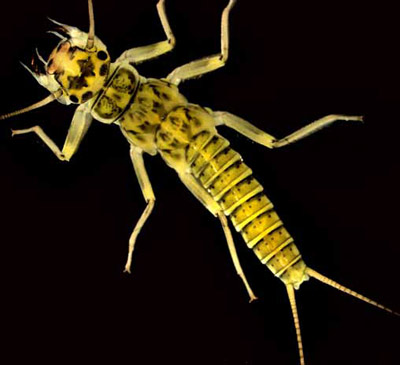



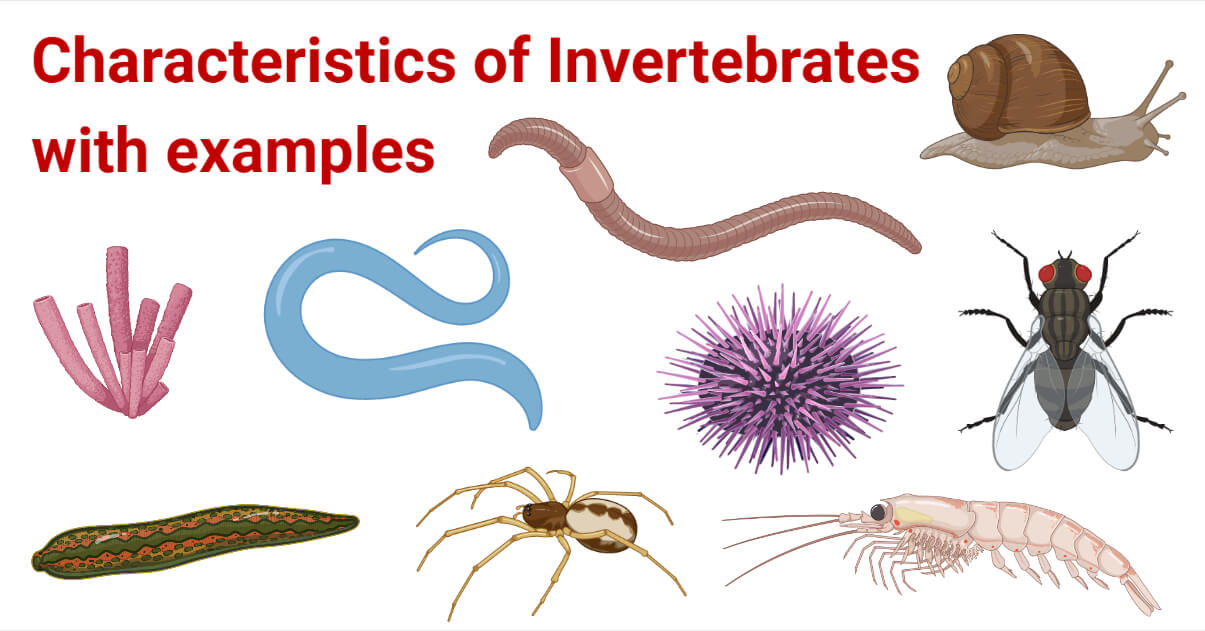
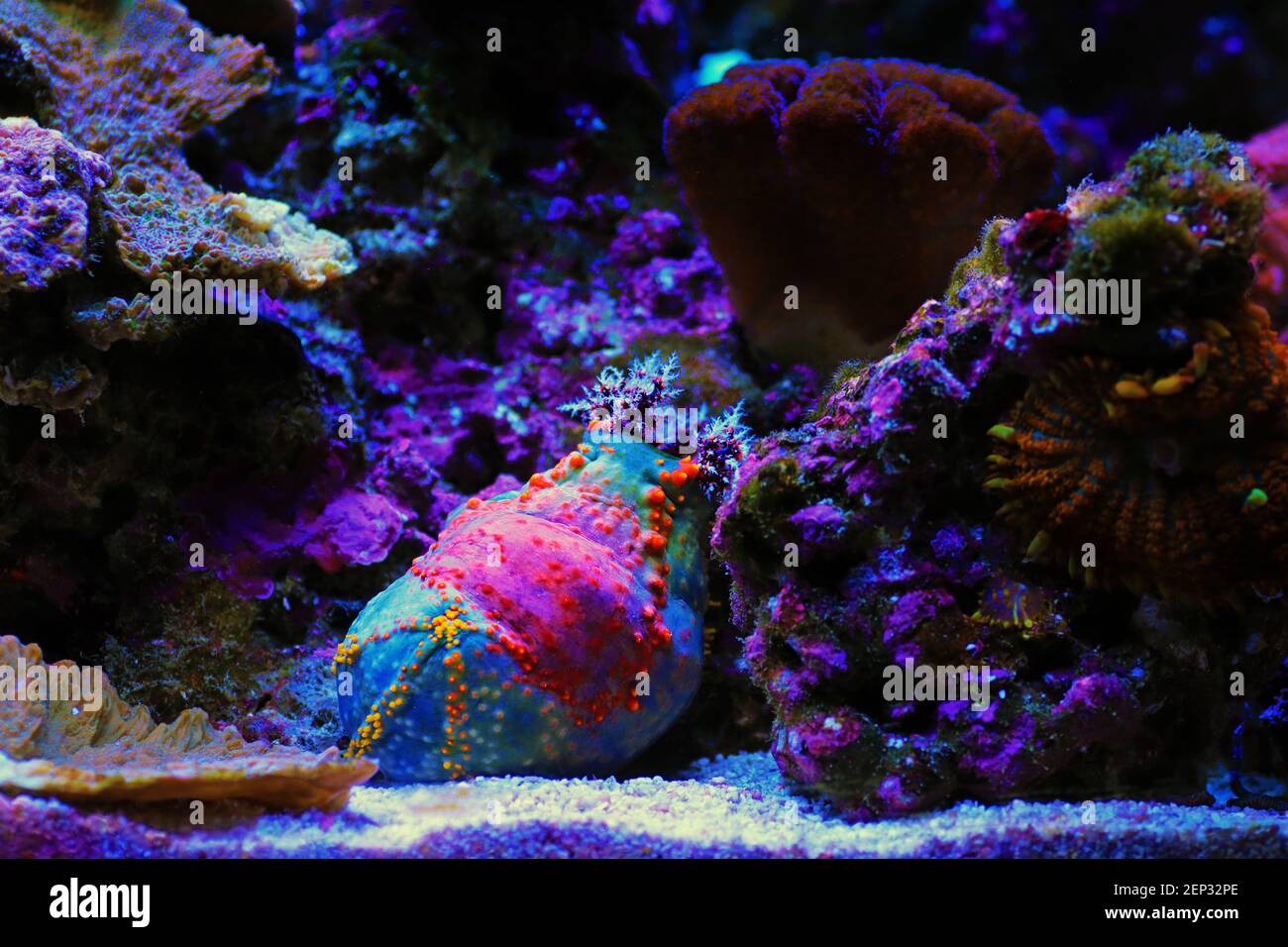
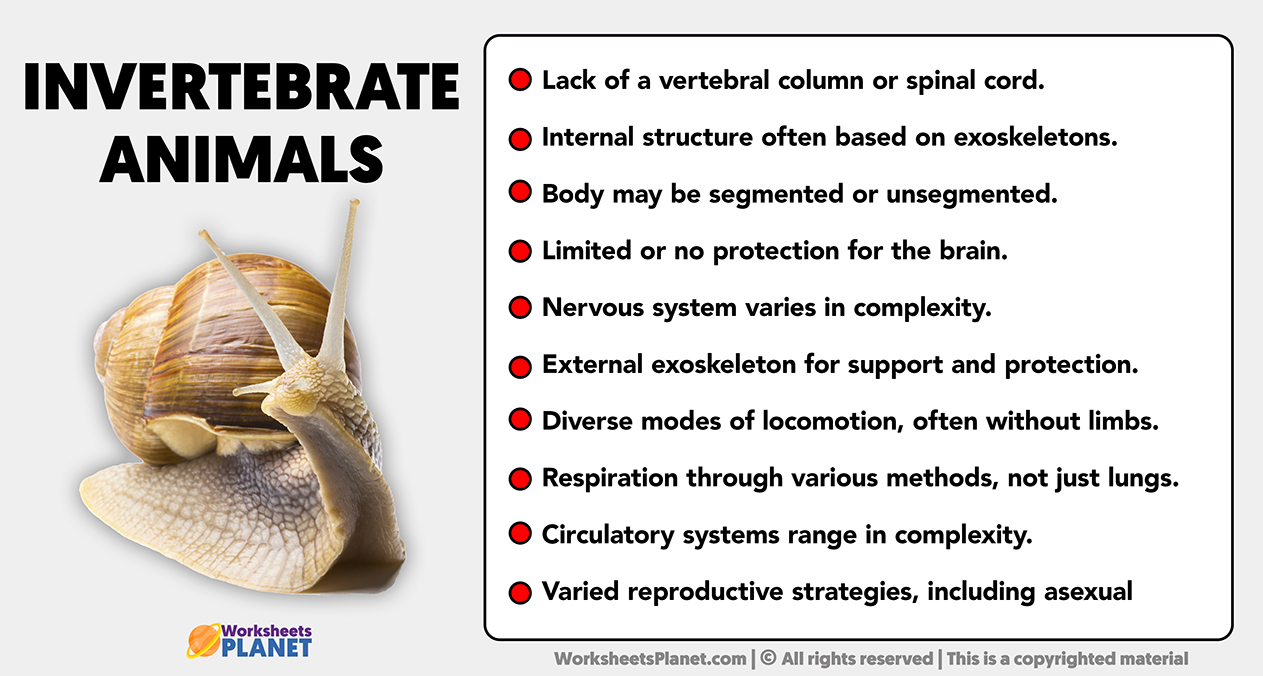
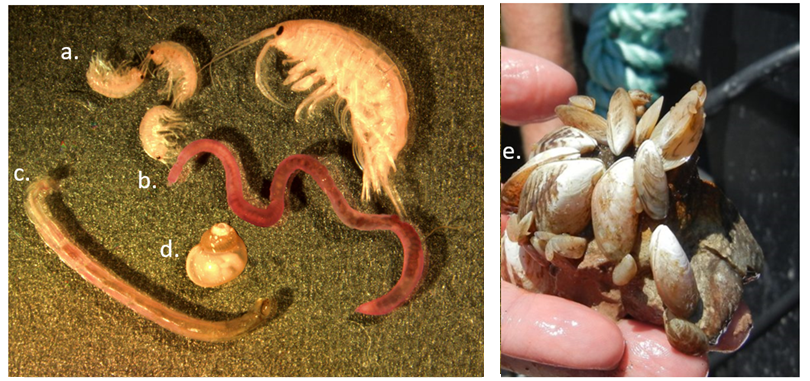

:max_bytes(150000):strip_icc()/tunicates-5c86a0cdc9e77c00010c2253.jpg)